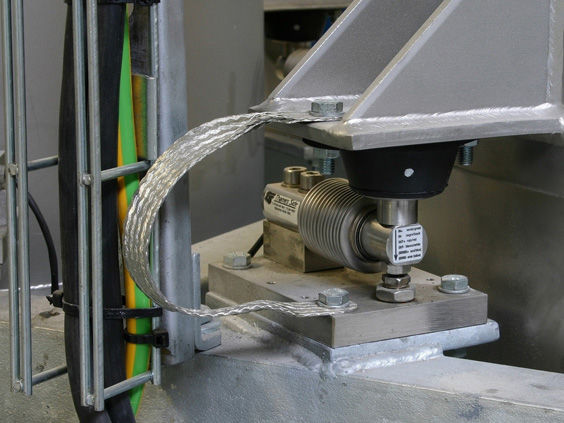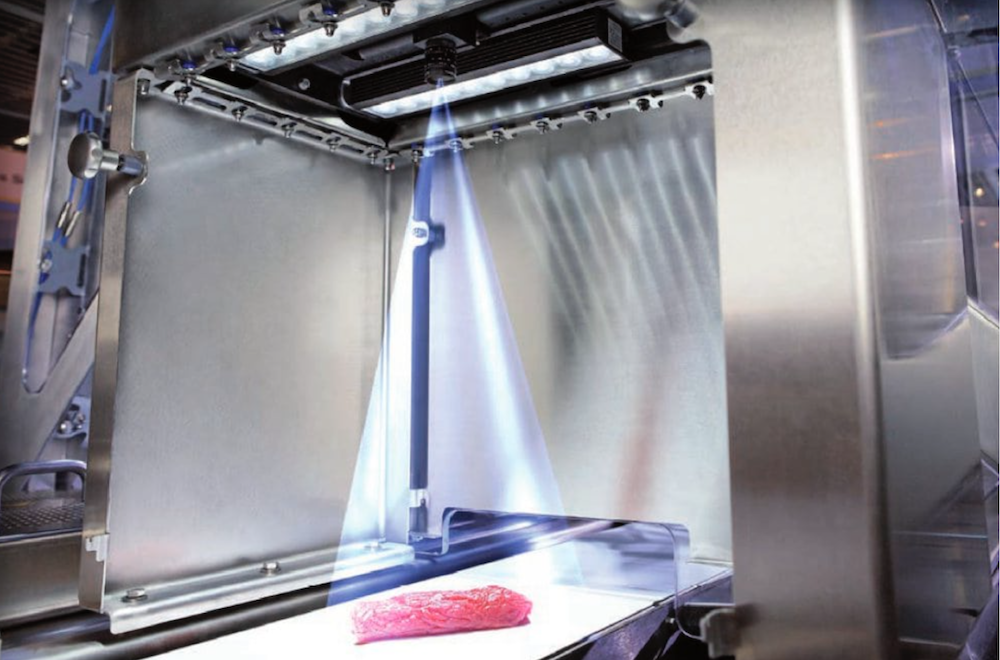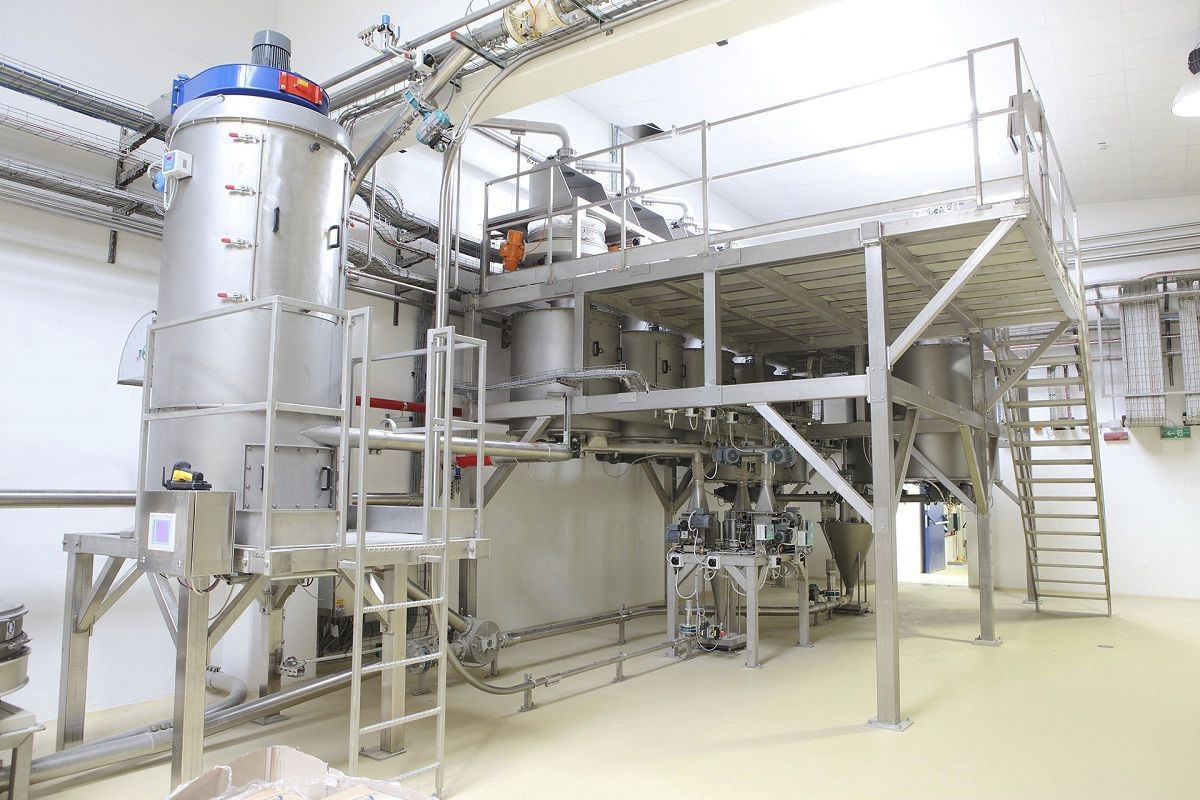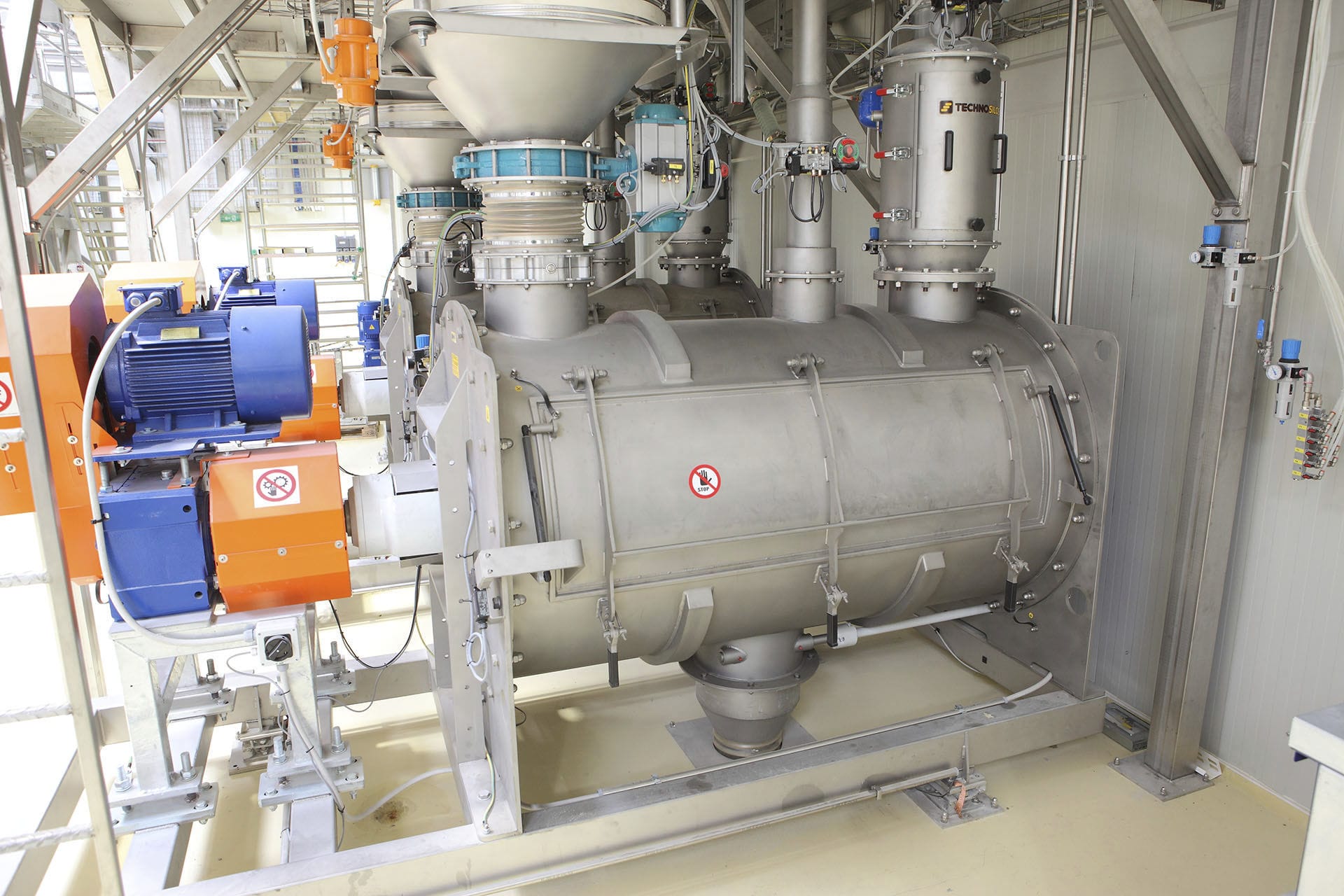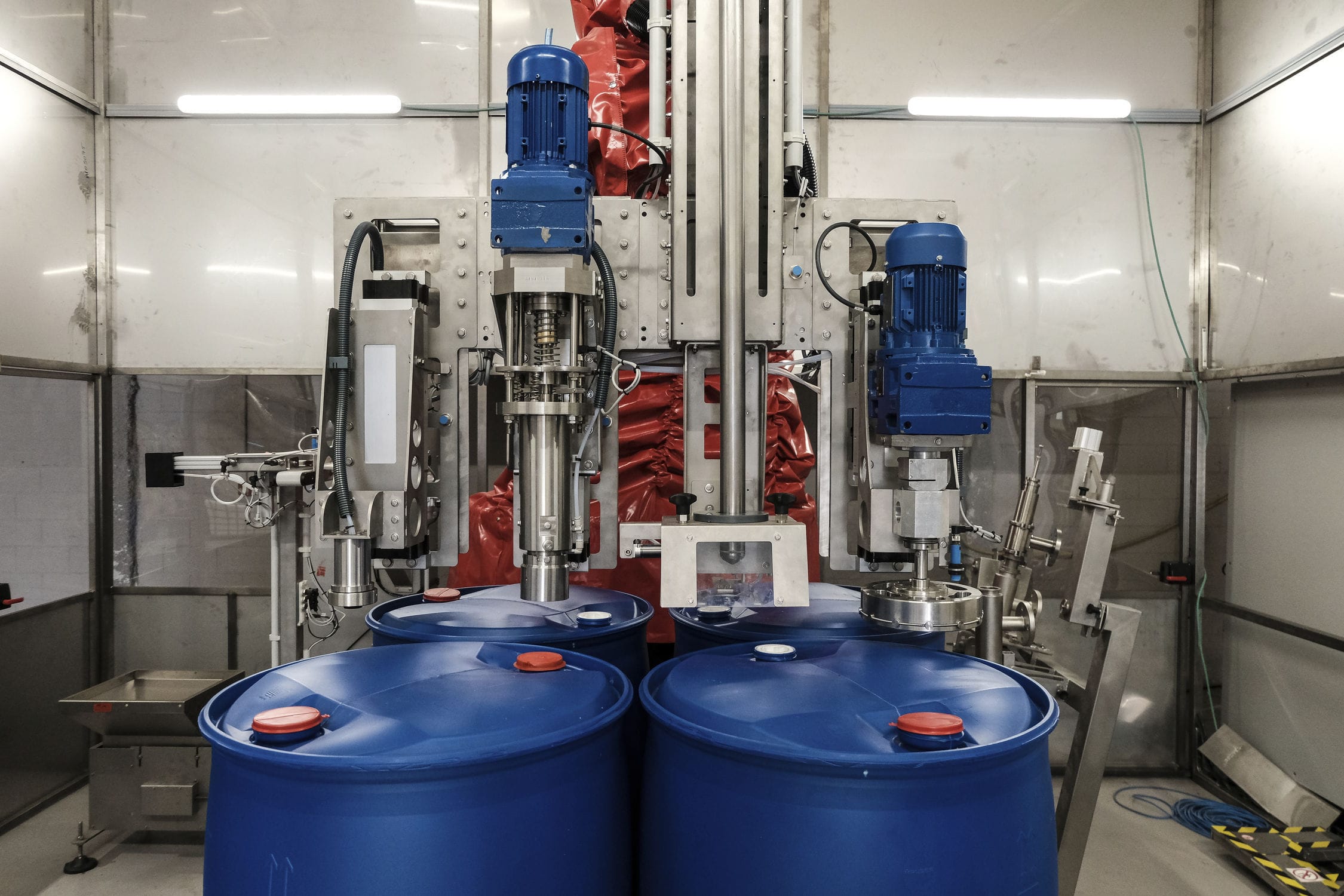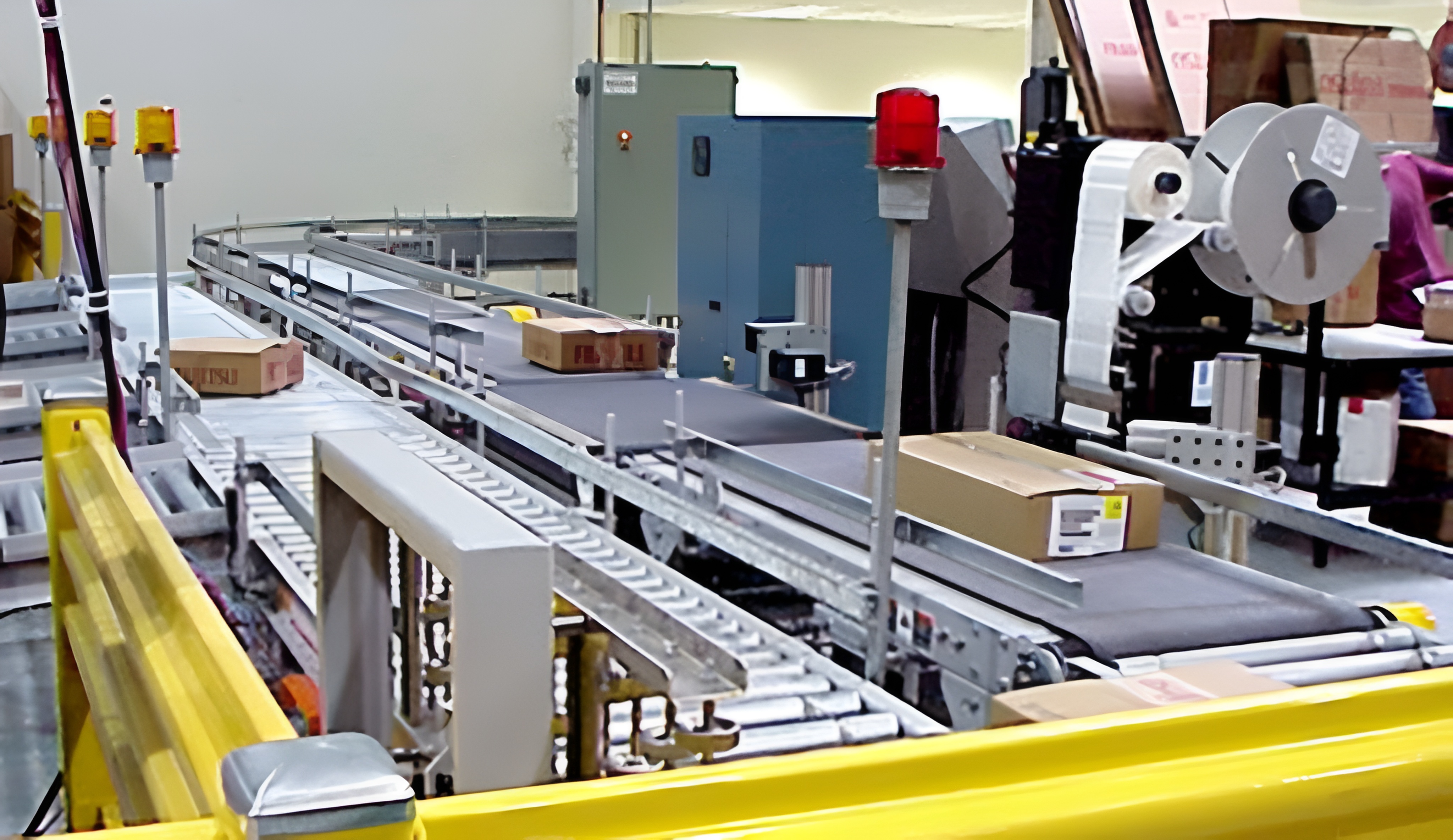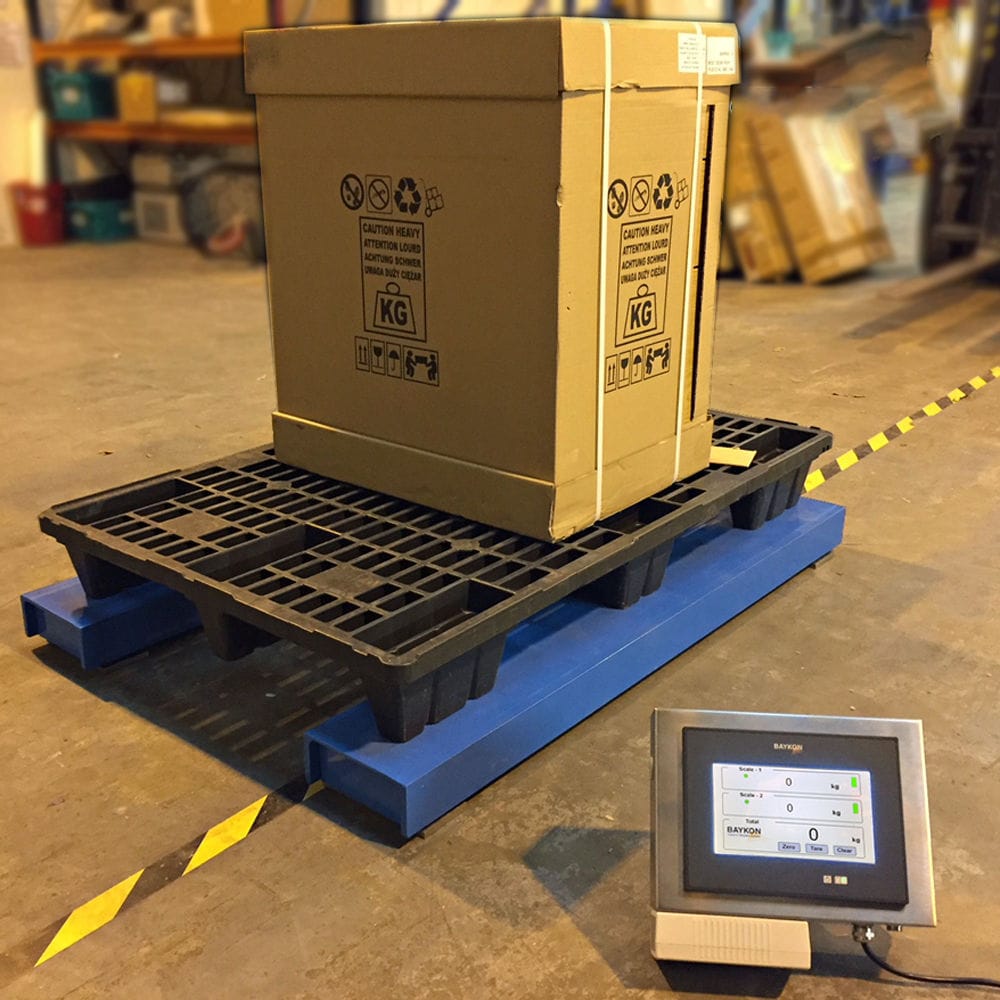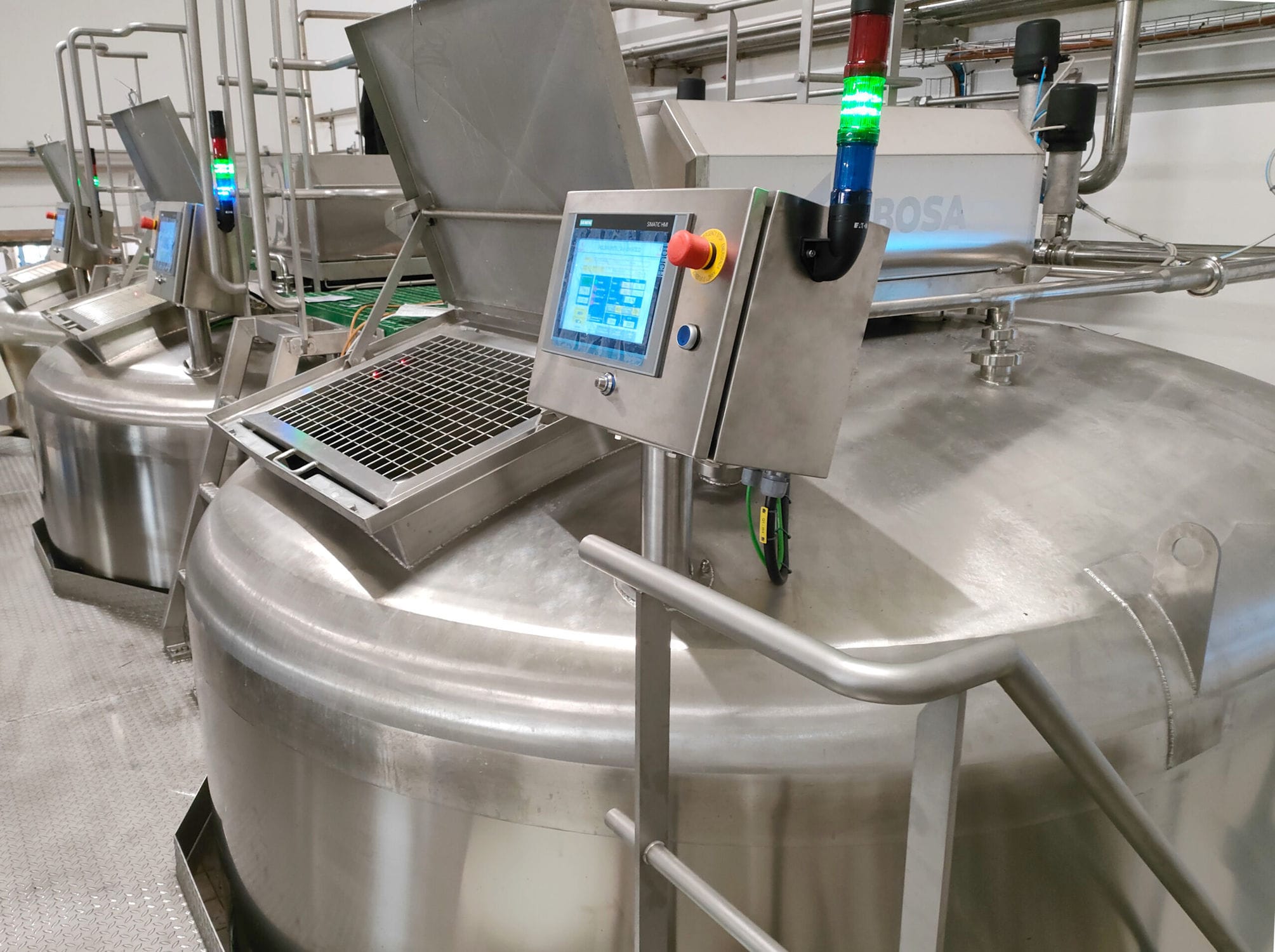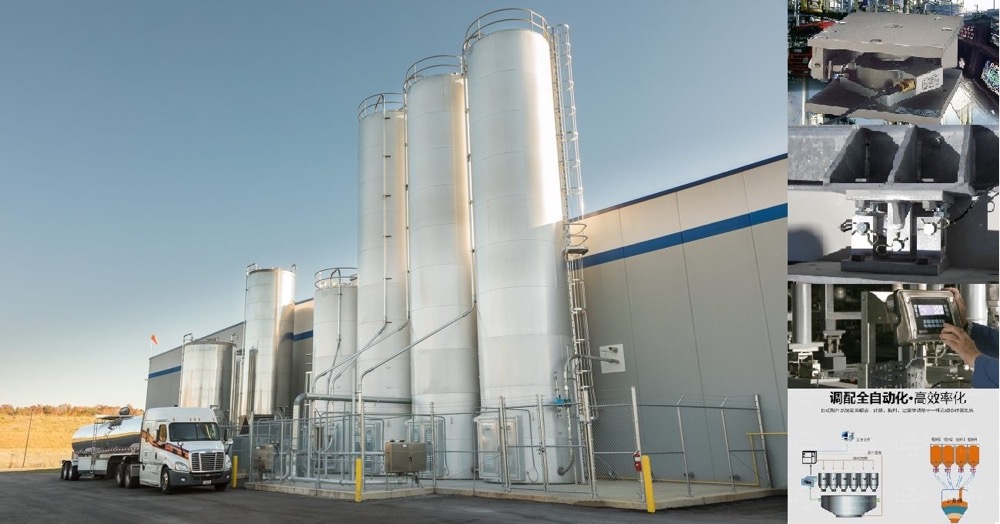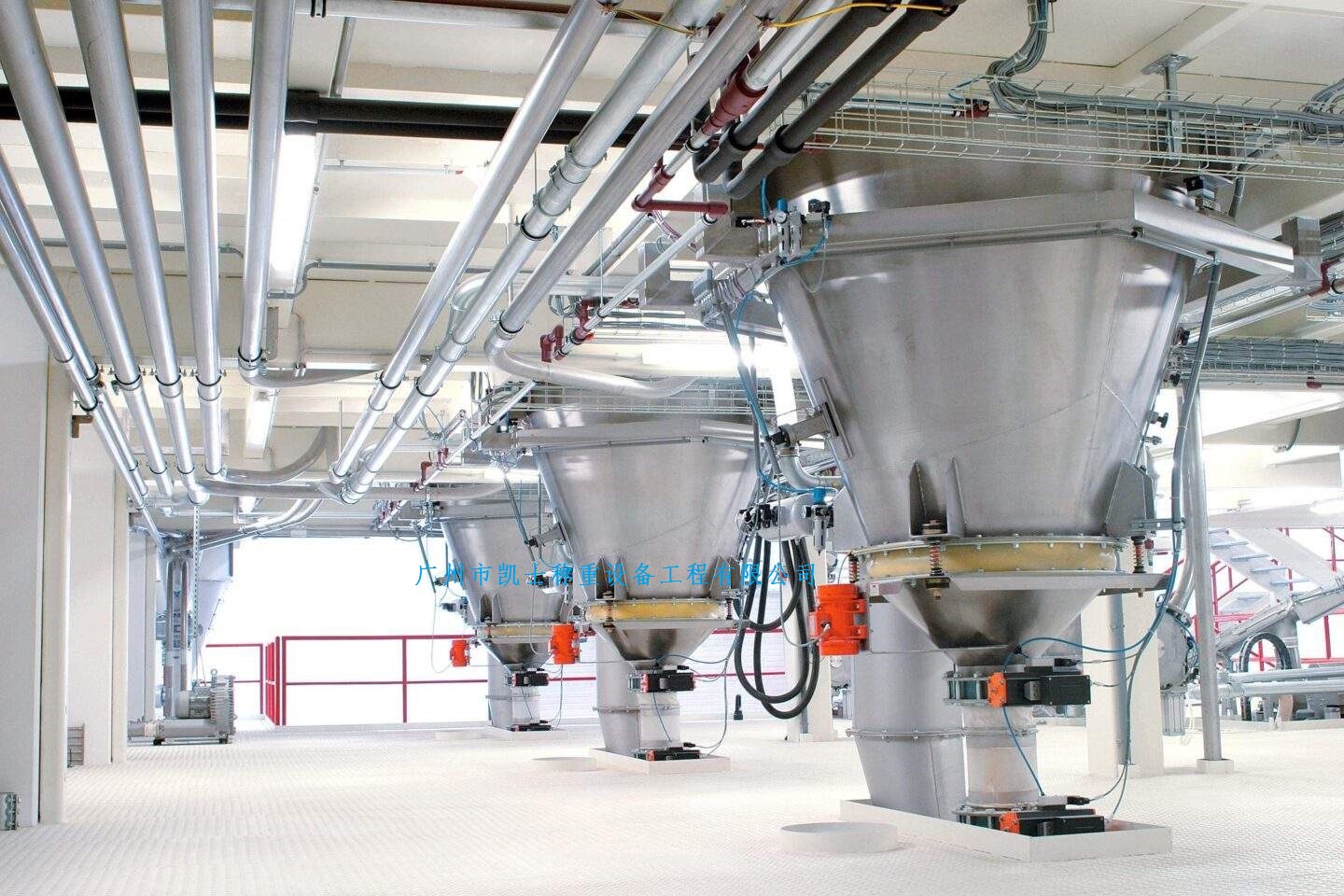

In the metallurgical industry, the production of blast furnaces in ironmaking is a continuous process. To prevent the overflow of molten iron during the iron tapping process of the blast furnace, the RFID identification technology of the weighing module is adopted, which can accurately identify and determine the events of the molten iron car entering and leaving the iron tapping port. The weighing data is read by using load cells and load-bearing mechanisms, and then transmitted into the PLC through the weighing instrument TR700. Through the cooperation of the PLC and TR700, the servo controller precisely controls the stepping motor to run to the designated position and unload accurately. The production line is set with interlocks in the program to ensure that the moving/unloading mechanism operates orderly and reliably during weighing.
 020-34563445
020-34563445The production of blast furnaces in the metallurgical industry is a continuous process. Every day, hundreds of tons of molten iron are transported to the steelmaking workshop by molten iron tank trucks from each blast furnace. During the iron tapping process of the blast furnace, to prevent the overflow of molten iron, the weighing data adopts the RFID identification technology of the weighing module, which can accurately identify and determine the events of the molten iron car entering and leaving the iron tapping port. The LoRa sensing technology is adopted, which has the advantages of low power consumption and strong anti-interference ability. It ensures the stability and reliability of the data between the on-board controller and the communication gateway of the iron outlet. Supports multiple deployment solutions such as private cloud, public cloud, and hybrid cloud, and enables rapid data integration with other system platforms.
To enhance the stability of the measurement circuit and ensure the accuracy of the weighing data, the wireless digital weighing module needs to guarantee the continuity of power supply. However, the wireless module is only awakened when data transmission is required, and the power processing section is powered by two IDO channels. When the load-bearing module is weighing, the resistance strain gauge adhered to the elastic body generates a voltage signal related to the load when it is loaded. The analog signal is converted into a digital signal through the ADC, stored in the external EEPROM, and sent by the wireless module at the sensor end. After receiving the signal, the instrument terminal converts and displays it.
Technical parameters
Range :0.2, 0.5, 1.5, 10, 20, 30, 50 t
Sensitivity :2 mv±0.1 mv /V
Nonlinearity :±0.03%F·S
Hysteresis error :±0.03%F·S
Repeatability error :±0.02%F·S
Zero-point temperature influence :±0.02%F·S/10℃
Output temperature influence: 0.05% F·S/10℃
Creep: 0.05% F·S/30min
Input impedance :770±30Ω
Output impedance :703±4Ω
Insulation resistance :≥5000 MΩ
Bridge supply voltage :9-15 VDC, 10V is recommended
Operating temperature range :-20 to +70℃
Allowable overload :150%F·S
Material: Stainless steel
Sealing grade :IP67








